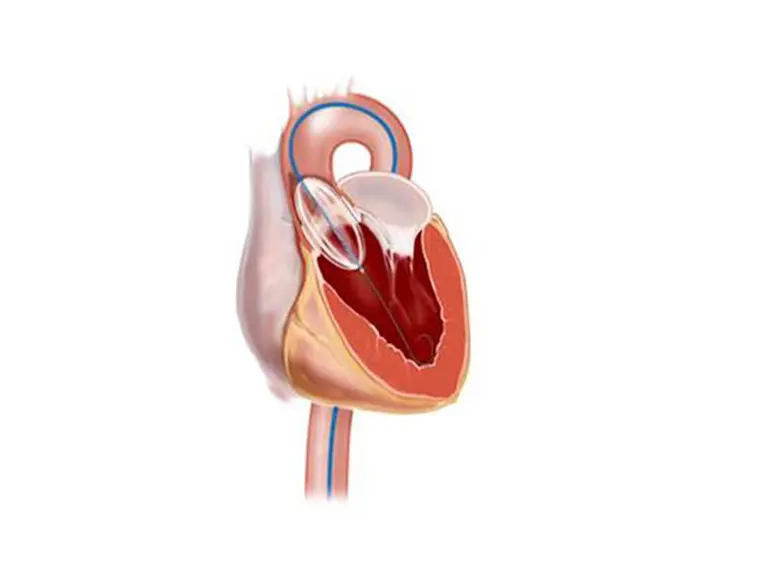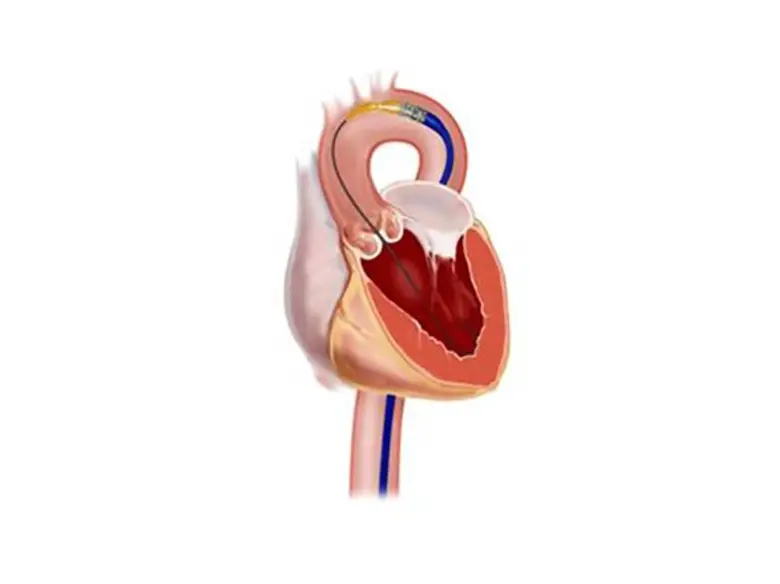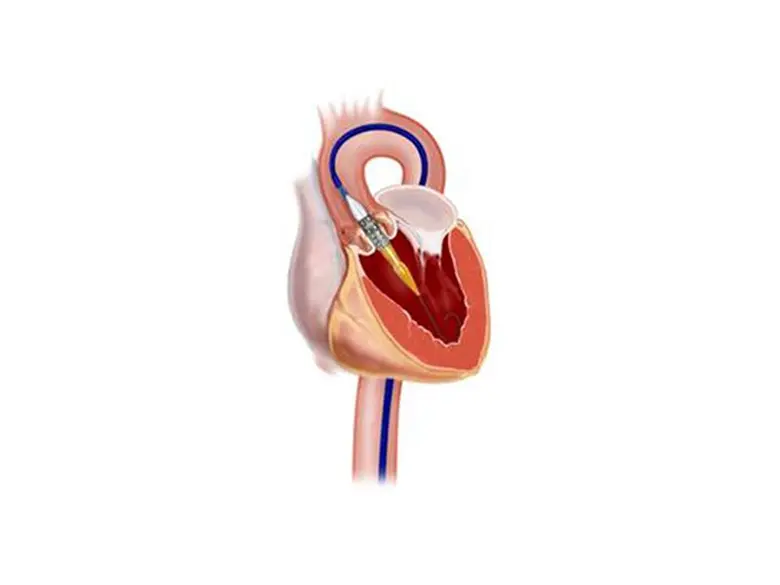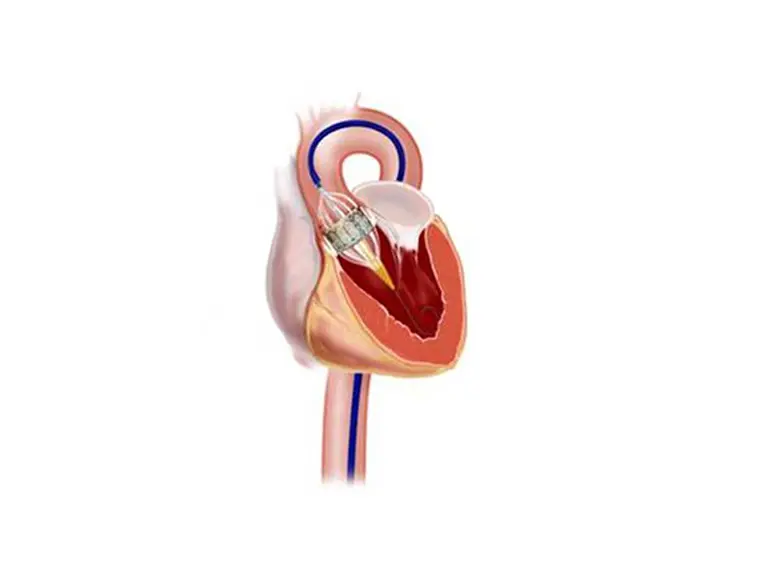Transcatheter Aortic Valve Implantation (TAVI)
What is transcatheter aortic valve implantation (TAVI)?
Transcatheter aortic valve implantation (TAVI) is a procedure to place an artificial heart valve inside the aortic valve that has been severely stenosed or narrowed.
The artificial valve consists of a metal stent, which secures the device to hold open your own diseased valve, and valve leaflets that direct the flow of blood out of your heart.
How it works
A heart valve surgery usually requires an open heart procedure, or sternotomy. This is when a vertical inline incision is made in the middle of the chest at the breastbone (sternum) to provide access to the chest cavity.
In a TAVI or transcatheter aortic valve replacement (TAVR), a very small incision made in the groin. A new valve is delivered through a catheter (or a tube) into the heart and implanted within the patient’s native aortic valve.
While TAVI is mostly performed via a small puncture in the groin, a very small number of patients may require other access sites, such as through the chest artery or the left ventricular apex of the heart. The groin approach, also known as ‘true percutaneous’ (via skin), is the least invasive and thus preferred.
Compared to traditional open heart surgery, patients who undergo a minimally invasive heart surgery like TAVI experience:
- Less pain
- Quicker recovery
- Shorter hospital stay
Why do you need TAVI?
The aortic valve regulates blood flow from the heart to the rest of the body. The valve opens to allow the heart to pump blood to other organs and closes to prevent blood from flowing backward into the heart.
With ageing, the aortic valve may become narrowed, in a condition known as aortic valve stenosis, or AS. If left untreated, the disease can be deadly, with up to 50% of patients dying within 2 years.
Patients who have AS may experience symptoms such as:
- Chest pain
- Rapid heartbeat
- Shortness of breath
- Fainting spells
- Swollen ankles or feet
- Heart failure
- Sudden cardiac death
Open heart surgery to replace the aortic valve is conventionally used to treat severe AS. However, the surgical risks are often high, especially for elderly patients and those suffering from conditions that would increase their risk for open heart surgery.
TAVI / TAVR is thus an option for patients who:
- Have severe aortic stenosis and are at intermediate risk for surgery
- Are at high risk for surgery
- Are not suitable for open heart surgery
The procedure aims to ease the symptoms caused by AS and improve life span.
Your doctor may recommend TAVI based on factors such as:
- Your age
- Your overall health
- Your heart function
- Past medical history of heart surgery or stroke
- Other medical conditions such as chronic obstructive lung disease (COPD), liver disease, kidney disease and diabetes
What are the risks and complications of TAVI?
Any heart surgery comes with risks. TAVI is a minimally invasive method. For patients whose surgical risk for open heart surgery is high, TAVI is a viable alternative to open heart aortic valve replacement.
While there are risks with every surgery, steps are taken to manage or reduce those risks.
TAVI complications can include:
- Infections that affect the heart
- Vascular damage or injury from the insertion of the catheter
- Valve leakage (which is possibly caused by a replacement valve that is too small or one that did not fully expand)
- Disruption of the heart’s electrical system (which may require the use of a pacemaker)
- Kidney damage from the contrast dye used for imaging
- Perforation or tearing of the artery
- Decreased blood supply to your brain (which may cause a stroke)
- Death (which may be attributed to being in poor health prior to undergoing surgery or being considered high risk)












